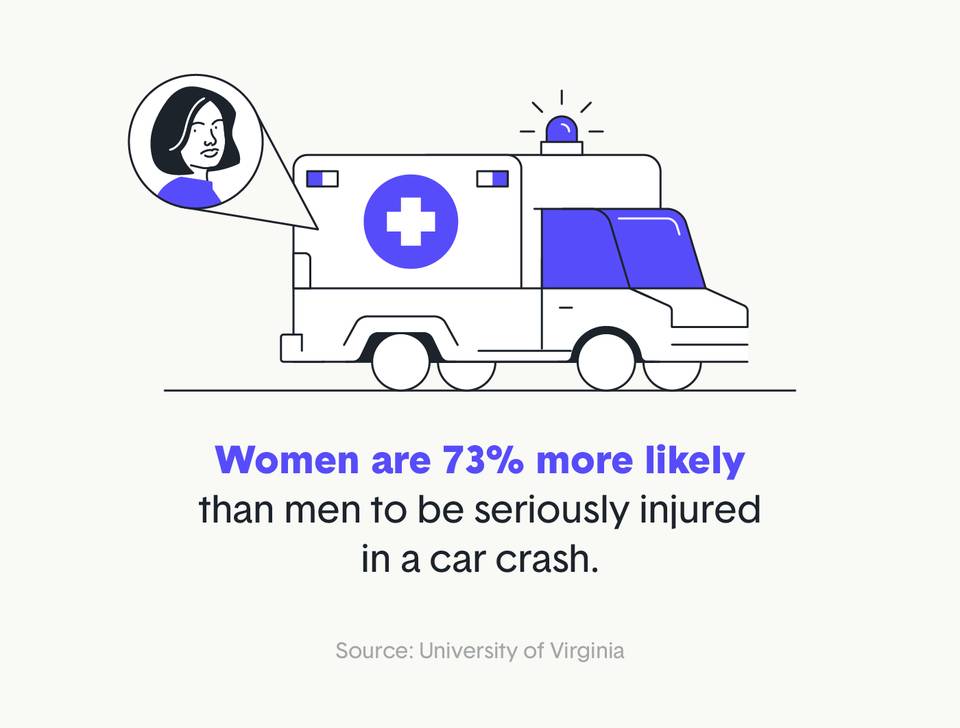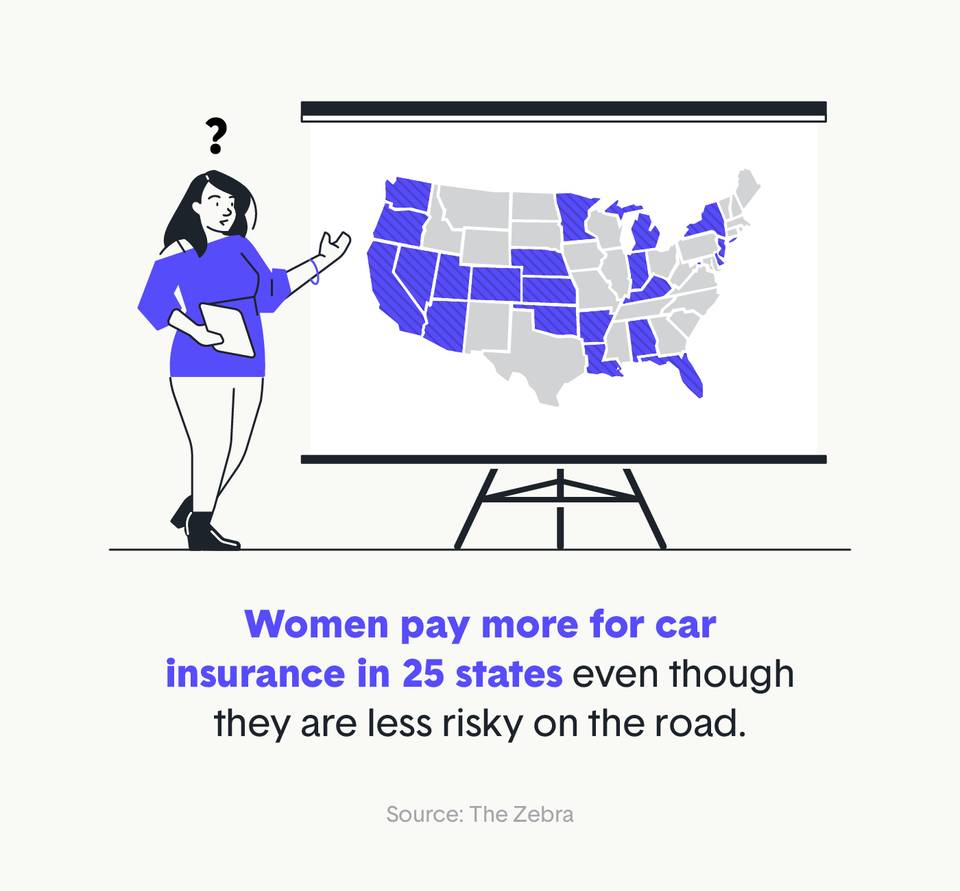Is confidence the key to safer driving? Our latest survey reveals that while men feel very confident in their driving abilities, crash statistics tell a different story. Stereotypes often peg women as bad drivers, but according to our findings, humble driving may be a better label.
Our survey found:
- 82% of men feel “very confident” in their driving abilities, compared to only 74% of women.
Men are more confident drivers, but that doesn’t make them any safer on the road. Men are more likely to engage in riskier driving behaviors and are involved in significantly more fatal crashes. These trends would lead you to believe that men pay more in car insurance rates, but that narrative is changing in many states.





